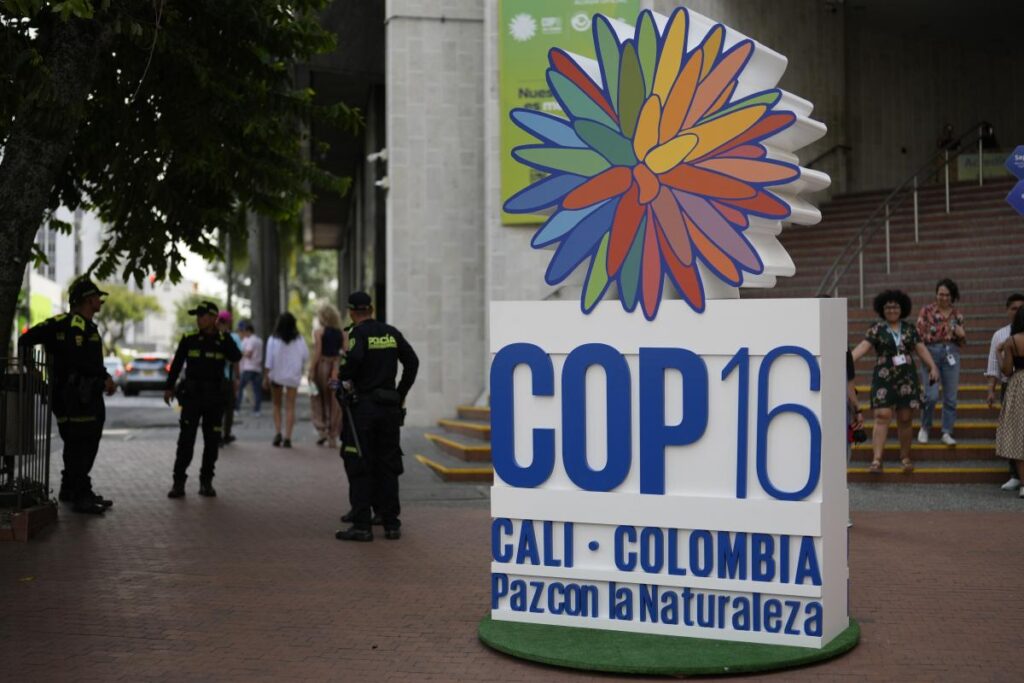At the ongoing United Nations biodiversity summit in Cali, Colombia, negotiators are grappling with essential issues regarding the protection of global ecosystems, aiming to determine a framework for financing initiatives designed to safeguard 30% of the world’s flora and fauna by 2030. Dubbed COP16, this two-week conference is intended to operationalize the strategies established during COP15 in Montreal in 2022, which primarily defined the objectives of global biodiversity efforts. Observers have noted that, while the summit was set to conclude on Friday, discussions may extend into the weekend due to unresolved matters. The overarching goal of COP16 is to translate the theoretical framework from the previous summit into concrete action plans for biodiversity conservation.
A key challenge at COP16 has been obtaining commitments from wealthy nations to fulfill their financing pledges made at COP15, wherein they vowed to supply $20 billion annually in conservation funding for developing countries by 2025, with plans to increase this to $30 billion per year by 2030. However, according to Georgina Chandler, head of policy and campaigns at the Zoological Society of London, the commitment from wealthy governments appears inadequate, raising concerns that the funding necessary for biodiversity initiatives is not on track to materialize. In response, 20 ministers from Global South nations issued a statement highlighting the vital need for mutual trust among countries and urging developed nations to fulfill their financial obligations.
In the lead-up to these negotiations, over 230 businesses and financial institutions expressed a unified demand for more robust policy measures to address the escalating risks associated with biodiversity loss. Eva Zabey, CEO of Business for Nature, emphasized the urgency for governments to reconcile differences and provide decisive leadership in order to secure a strong outcome from COP16. This would ideally catalyze business actions aimed at reversing nature loss by 2030. As negotiations reached a critical phase, challenges remained surrounding the mobilization of meaningful financial resources and the equitable sharing of benefits derived from biodiversity.
A significant focal point of the summit has been the discussion of ownership concerning nature’s genetic resources, particularly regarding digital sequence information (DSI). There is ongoing tension between wealthier and developing nations over the benefits-sharing mechanisms associated with genetic resources used in biotechnologies. Although a global fund was agreed upon during COP15 to facilitate the sharing of these benefits, clarity surrounding the funding’s operational aspects remains elusive, as much of the proposed framework appears to be voluntary, according to Oscar Soria, director of The Common Initiative.
As negotiations progressed, notable friction arose concerning the establishment of a Permanent Subsidiary Body for Indigenous Peoples and Local Communities. Observers highlighted the invaluable insights Indigenous representatives bring to discussions about biodiversity conservation, urging negotiators not to allow a few countries to block progress on this issue. Catherine Weller, Director of Global Policy at the charity Fauna & Flora, emphasized the importance of this body in ensuring Indigenous perspectives are incorporated into global frameworks aimed at protecting biodiversity.
The ongoing COP16 summit has underscored the complexities and urgency of addressing global biodiversity loss while also illustrating the divisions regarding financial responsibilities and governance structures. As the negotiations unfold, the outcomes will significantly determine the international community’s capacity to implement effective conservation measures and fulfill the ambitious targets set for the next decade. The conference, therefore, serves not only as a venue for discussion but also as a litmus test for the commitment of nations to prioritize global biodiversity in the face of mounting ecological challenges.

